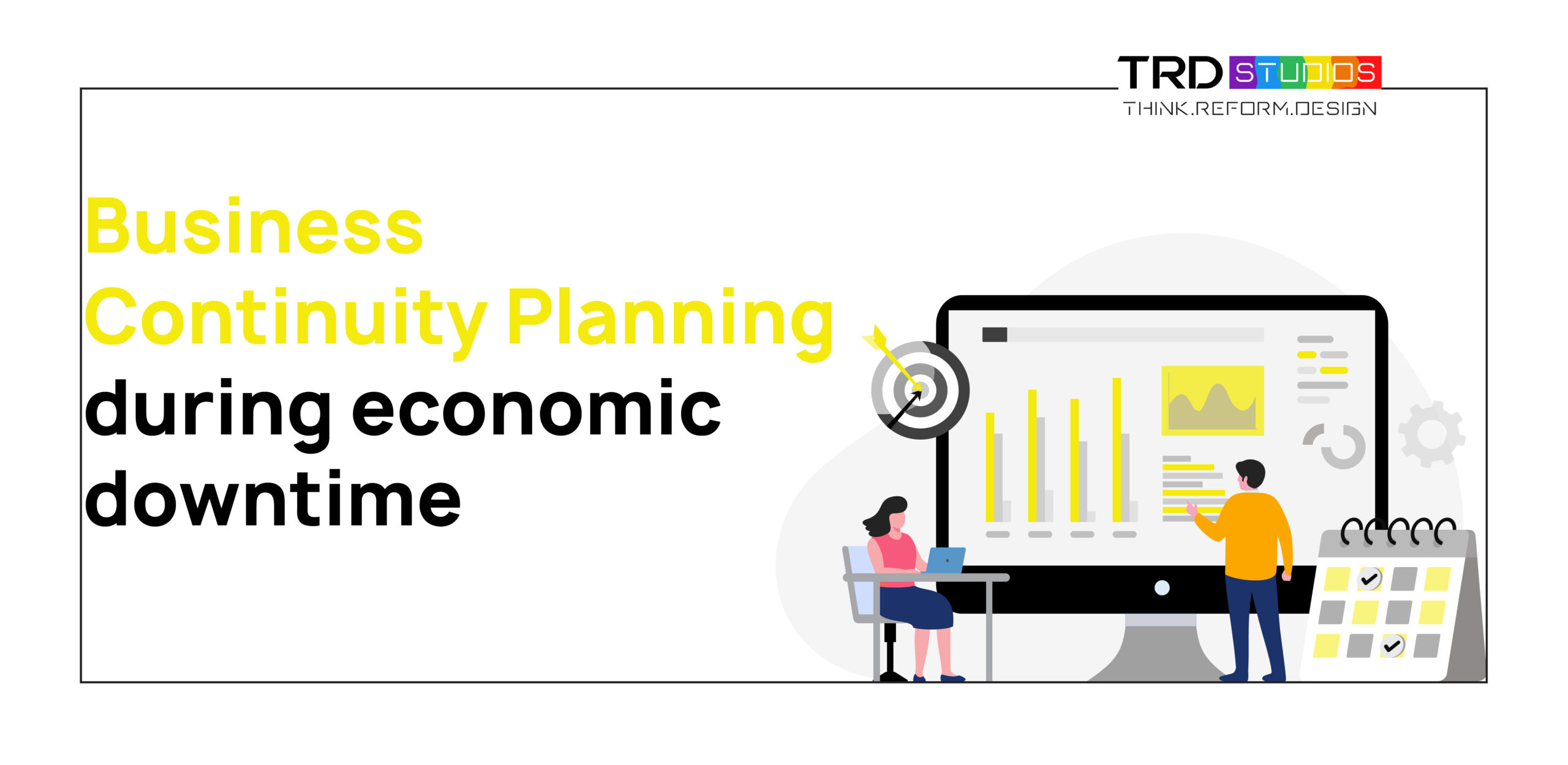Hey guys, welcome back to another post! I hope your day’s going well. Today we will talk about scale, dominance, and emphasis. These topics will help you play around with the elements in your design and the way your product is being perceived, whether it be digital or something that is tangible. I had absolutely no clue about these terms except for words. I didn’t know very well how these terms translated into visuals. So when my faculty asked me to tell him what element popped in my composition, I knew of my intent yet was floored when the element that was so obvious to me didn’t catch my faculty’s eye. So let us take a look into how scale, dominance, and emphasis play a role in design.
Scale
Scale literally has to do with the size of an element. When you manipulate the size of your element you see further possibilities in the element’s role in your work. It is not just the element that changes in scale. It can also be your brush stroke or even the difference in the size of a single dot that can make a huge impact on your composition.
When I had a course called elements of composition, I felt very demotivated initially. There were people who did it like it was a kid’s play, creating any idea given in the simplest compositions ever while I was struggling to cut out a perfect black square. Eventually, I got the hang of it.
While creating effective compositions depicting ideas, posters, illustrations, etc, a thorough understanding of Gestalt’s principles is really important. So study up and try to look at and create as many examples of each property as you can.
Below are a few examples of how the scale of elements alone can help your composition grab attention.
Dominance and Emphasis
When talking about dominance and emphasis, they are really 2 sides of the same coin. The element that is dominant certainly has the most emphasis. Emphasis is on creating dominant and subordinate elements in a composition. It also involves a temporal element sometimes, a red herring of sorts, that holds your attention for some time until the next stimulus gains your attention. Emphasis can be given to any element using size, colour or placement. A different colour could make the entire composition very different only through the element of emphasis. As could a different sized element in the layer of same sized ones, or perhaps a different element in colour, shape, and size altogether. This in turn changes the kind of message you are sending across, in your work. This is better shown than told. As we say and practice in design, show not tell.

Takeaway
Scale, dominance, and emphasis can be best explained and experienced by visuals and personal experimentation. Play around with your work, let yourself go, and look very carefully into how these elements of design can change the way you work. Cut those shapes up, stick them on paper, make compositions, get brushes out and go wild. Meanwhile, don’t ignore digital media as it speeds up the creative process a little bit.
Next up, we have Balance and Harmony. Until then, stay tuned!




